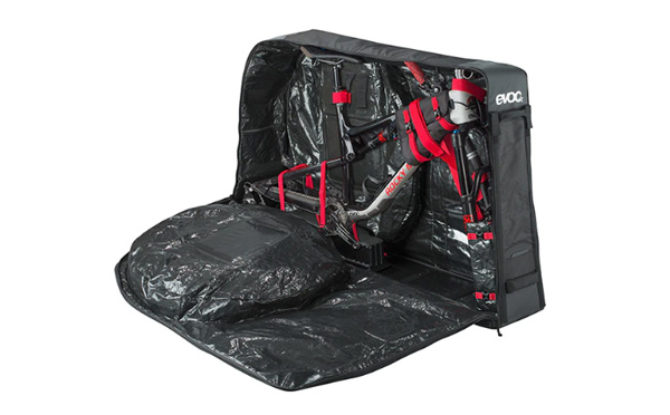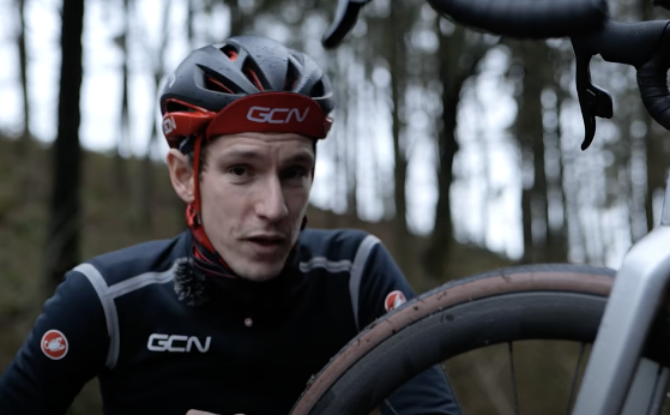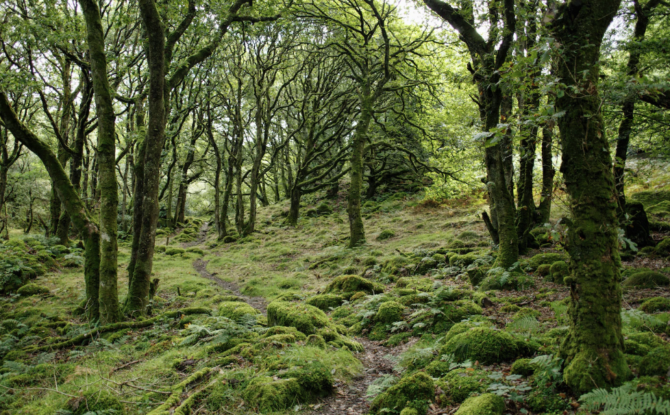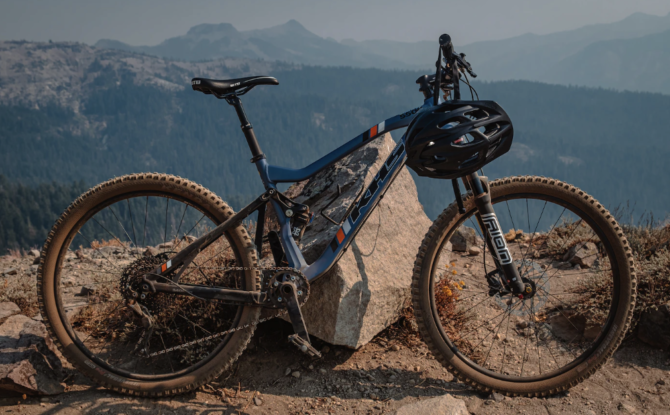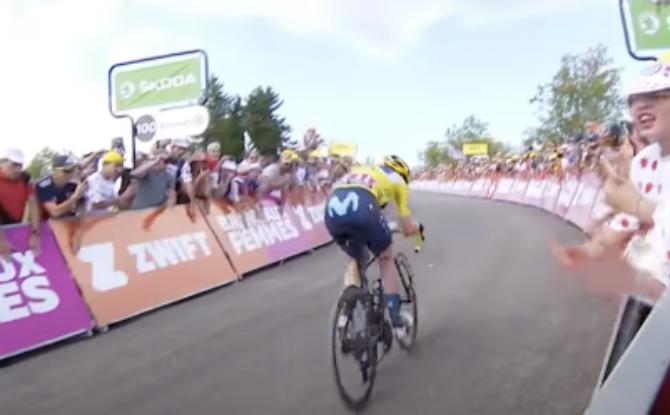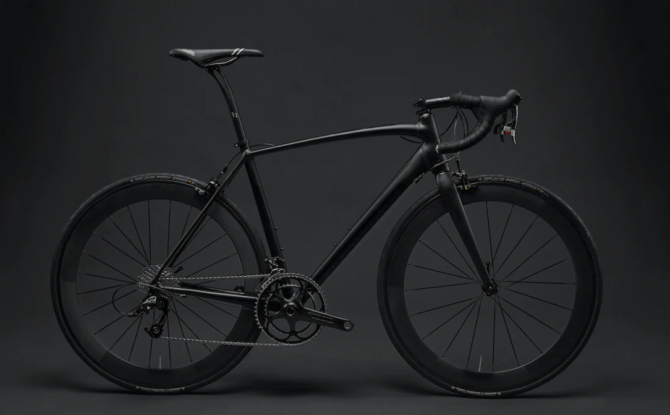From CyclingNews.com
By
Some thoughts on my luck making it to multiple destinations, and back, with a functioning bike
Right now, in the middle of winter, many of us are either looking to get somewhere warmer right away, or dreaming of summer holidays. As you consider these plans, you are probably thinking about what it takes to bring your bike with you. As with anything, travelling with a bike gets easier the more you’ve done it and, at this point, I’ve done it a lot.
Although I’ve done it a lot now, for most of my life I never travelled with a bike. I either took a break when I travelled or I borrowed a bike from a friend. If I’m being completely honest one of the reasons is that I was kind of scared to do it. These days though, it’s not really an option to leave a bike at home. I make my way across the country, or world, to report on new experiences and I need a bike with me. It’s given me the opportunity to test some of the best bike travel casesbut it’s also given me an opportunity to pick up some tips. It turns out that it’s really not so complicated. I missed out on a lot of adventures because I was too nervous. Now I’m hoping to share some ideas and encourage you to bring your bike next time you travel. Keep reading to see some of what I’ve learned as I’ve travelled with my bike.
1. Use a tracking device
For the last few years, you’ve likely been reading about people who know without a doubt exactly where their luggage is. The airlines might not know where it is but the customers do and it’s all because of an Apple Airtag. How many times do you need to read that story before you decide to add one of those devices to your must have travel accessories? For me the tipping point was watching US airline Southwest completely melt down during the Christmas 2022 holiday. With stacks of luggage all over the country and general pandemonium, I knew it was time to stop procrastinating and grab a tracker.
Without diving too deep into the mechanics of it, Airtags are the most well-known option. They connect to any iPhone and they leverage that network connection to report their location. If you don’t have an iPhone then you can’t use one. Apple didn’t invent the system though. Tile came before, and they still exist. Given that I use an Android phone I grabbed a Tile and had it set up within five minutes.
When it was time to fly, I dropped the Tile tracker into the bag with my bike before heading to the airport. The moment I was away from the bag, I started checking. I found it wouldn’t always give an exact location but it was more than good enough to show that my bike was on my plane and had made it to the next stop. As I was waiting at the oversize bag collection in the next airport I could always see that the bike was somewhere in the airport. I was able to relax even if it took a bit longer for my bike to come out.
If you want more exact tracking, especially in remote locations, another option is the Invoxia GPS Tracker. Unlike a Bluetooth tracker, there is a yearly service cost, but that’s because it has its own cellular connectivity. It doesn’t matter if someone with a phone is around to connect with your tracker and the location is exact. It’s on our list of the Best bike GPS trackers and it’s something I’ll be playing with next time I fly.
Image courtesy of EVOC

